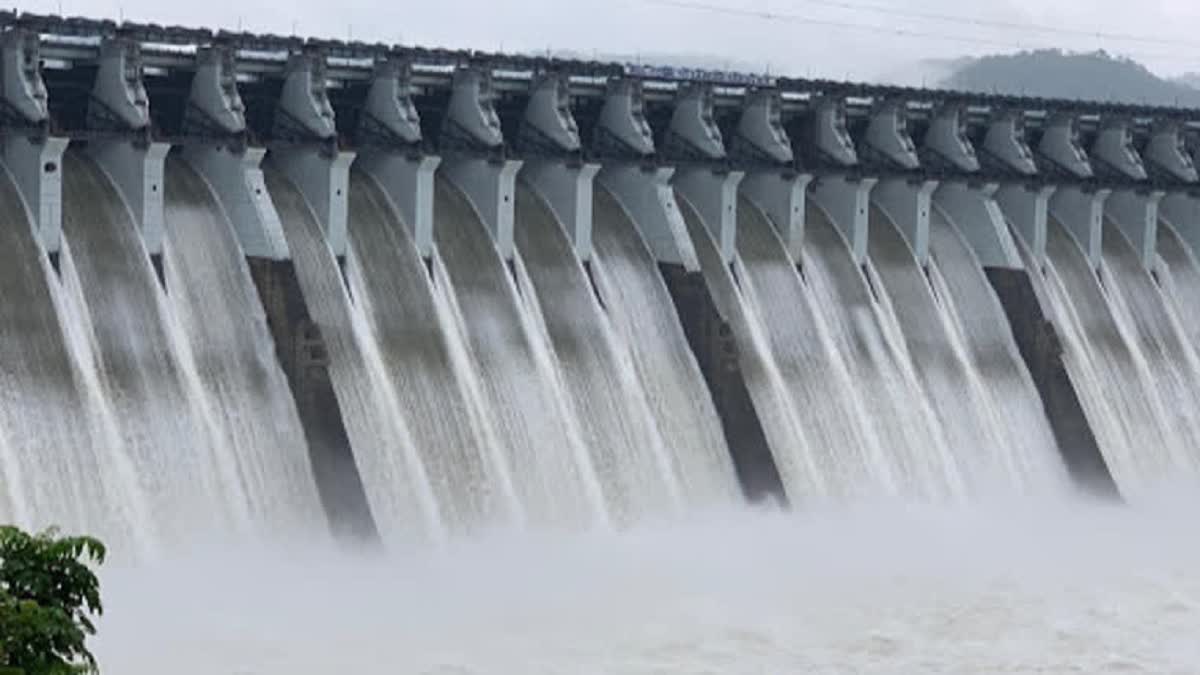Srinagar: The central government has decided not to fund the construction of three major hydropower projects—Kiru, Ratle, and Kwar—in Jammu and Kashmir in the current financial year (2025-26).
In the Rs 41,000 crore central assistance to the union territory in the Budget session of Parliament, Union Finance Minister Nirmala Sitharaman announced no grants towards equity contribution for 624 Mega Watt (MW) Kiru, 800 MW Ratle, and 540 MW Kwar hydro-projects. This has put the construction of these major power projects at risk as the Jammu and Kashmir government is financially struggling to construct hydropower projects on its own.
On January 23, Chief Minister Omar Abdullah asked the Jammu and Kashmir State Power Development Corporation (JKSPDC) to clear official hurdles and execute hydropower projects on time to unlock JK's potential as a power-surplus state.
Omar asked the SPDC to focus on strategic project planning for the development of hydropower assets on the Chenab, Jhelum, Ravi, and Indus rivers. “Enhancing J&K’s hydropower capacity is essential for meeting our energy demand,” he said.
With no central assistance this year, officials in SPDC said that the construction of these projects will not be impacted. A senior official in SPDC said Pakal Dul and Kiru are full equity projects whose full costs are already sanctioned.
“In the last financial year (2024-25), the Government of India had released Rs 171 crore for Kwar and Rs 476.44 crore for Ratle projects. In case the cost of construction escalates, the government can take loans from GoI for completing these projects,” he told ETV Bharat but wished not to be named.
The SPDC owns and operates 13 mini and mega hydropower projects, which include the functional Baglihar Hydroelectric Power Project (Stages I & II) on the Chenab River, the Upper Sindh Hydroelectric Project (Stages I & II) on the Sind River, and the Lower Jhelum in Baramulla.
Its under-construction hydro projects include New Ganderbal (93 MW) on the Sind River, the Pakal Dul (1,000 MW) under the Chenab River cascade, and Ratle (850 MW)—a joint venture between NHPC and JKSPDC.
Principal Secretary Power Development Department (PDD) Rajesh H Prasad said Jammu and Kashmir has an 18,000 MW estimated hydropower potential, of which 15,000 MW has already been identified, “making it a key driver for future energy initiatives.”
The total electricity generated from the functional projects of SPDC is 1197.4 MW. But this generation is dependent on the availability of water in dams and reservoirs, which decreases during winter when water resources like glaciers freeze. It means from September to March, Jammu and Kashmir grapples with an acute power crisis as generation from state projects falls to 50 MW. The SPDC sells 50 per cent of its generation to outside private companies to generate capital for running its department.
This puts huge pressure on government coffers as it has to buy power from private companies or the northern grid. During the peak winter or summer months in J&K, the daily consumption of electricity peaks up to more than 2600 MW, but the distribution companies and JPDCL are capable of supplying 1500 MW of average power daily, which compels the corporations to go for curtailment. This is the period when the governments are put into the dock and criticized for failing to generate alternate electricity sources or buy electricity from the private sector.
According to officials of Jammu and Kashmir Power Development Corporation, the bills to buy power reach more than 4000 crores on average every year, but the corporations do not get the required revenue from consumers.
Despite the J&K government’s thrust on building hydropower to address the power crisis, experts suggest electricity from hydropower projects will not end the crisis in the UT.
Iftikhar Drabu, an energy and hydropower expert who has worked in multinational power companies, said climate change affects the hydrology of the Chenab and Jhelum rivers; the inability of projects and the separation of Ladakh have reduced the hydropower potential of J&K from 15000 MW to just 3000 MW.
